English White Walnut Wood
- September 11, 2023
- 0 comment

English White Walnut Wood, sourced from the stately California walnut tree (Juglans californica), stands out as a treasured gem in the world of hardwoods. This remarkable wood, known for its exceptional quality, boasts a versatility that sets it apart from its peers. Native to the western United States, it bears unique properties and an aesthetic allure that renders it a favored material across diverse domains. Whether fashioned into timeless furniture, incorporated into sturdy construction, or transformed into captivating artistry, California Walnut Wood consistently proves its worth as an exceptional choice for those who seek both functionality and beauty in their creations.
Texture
The texture of English White Walnut Wood is one of its most distinguishing features. Its fine and even grain pattern lends a smooth and consistent appearance, making it a favorite among woodworkers and artisans alike. This texture is not only visually appealing but also highly practical. It allows for intricate carving, detailed woodworking, and the creation of exquisite finishes that enhance the overall beauty of any piece crafted from it. Whether you’re fashioning delicate scrollwork or striving for a flawless, polished surface, white walnut’s texture provides an ideal canvas for woodworking artistry.

Bark
The bark of the English White Walnut tree undergoes a fascinating transformation as it matures. In its youthful state, it presents as smooth and light gray, evoking a sense of understated elegance. However, with age, it gradually becomes more ridged and darkens in color. While it may not possess the eye-catching flair of some other tree barks, its subdued charm makes it a distinctive choice for crafts and decorations. Whether used for rustic-inspired art projects or for adding a touch of natural sophistication to interior design, white walnut bark is a unique and versatile material that complements a wide range of creative endeavors.
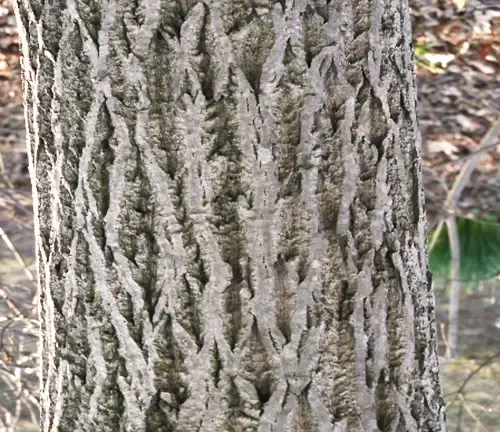
Furniture
English White walnut wood has earned its reputation as a top choice for crafting high-quality furniture. Its attractive grain and light color make it adaptable to both traditional and contemporary designs. Whether it’s finely crafted cabinets, elegant tables, comfortable chairs, or stylish dressers, the wood’s versatility ensures that furniture pieces made from it are not only aesthetically pleasing but also exceptionally functional. White walnut furniture effortlessly combines form and function, becoming a centerpiece in any space where it resides.
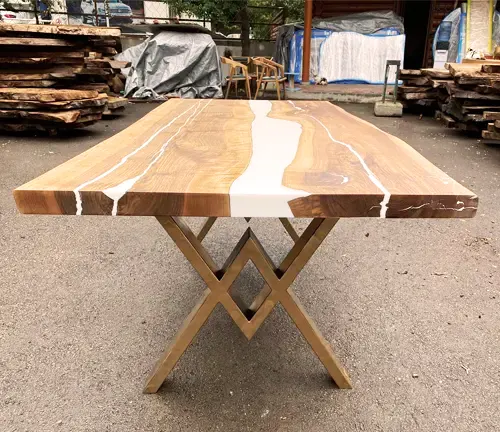
Weapon
Intriguingly, Native American tribes historically turned to white walnut wood for crafting bows and arrows, owing to its unique combination of lightweight properties and sturdiness. While this application may be less prevalent today, it highlights the wood’s remarkable historical significance in weaponry. Its legacy serves as a testament to its enduring strength and utility in specialized, historically-rooted craftsmanship.
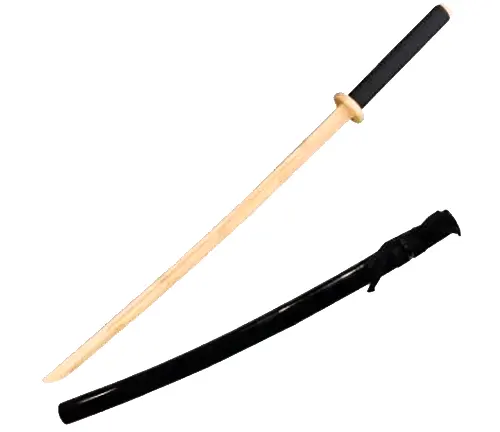
Firewood
When properly seasoned, white walnut wood proves to be exceptional firewood. It burns cleanly, emitting a pleasant and mild aroma that enhances the ambiance of wood-burning stoves and fireplaces. Its relatively easy splitting characteristics make it a favorite among those who enjoy the warmth and comfort of traditional heating methods, contributing to its popularity in regions where wood-burning remains a cherished tradition.
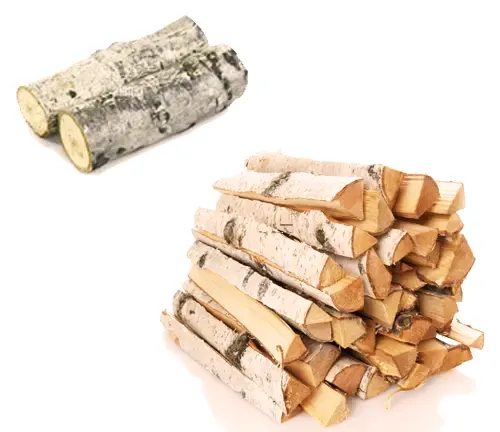
Construction
Within the realm of construction, white walnut wood has found application in various critical roles, including beams, columns, and framing. Its inherent strength and durability make it a reliable choice for structural elements in both residential and commercial buildings. White walnut’s contribution to the stability and longevity of architectural designs is testament to its resilience in the face of demanding construction requirements.
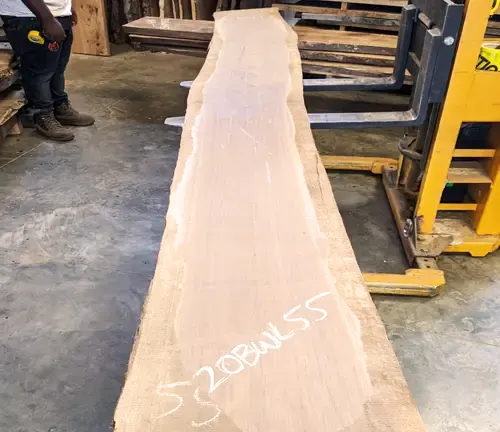
Plywood
Occasionally utilized in the production of plywood sheets, white walnut wood plays a pivotal role in the construction and furniture industries. Its high-quality veneers make for attractive and durable plywood panels, enhancing the structural integrity and aesthetic appeal of countless projects. Whether serving as a foundation for cabinetry or an integral component of interior finishes, white walnut plywood is a dependable choice in the creation of functional and beautiful spaces.
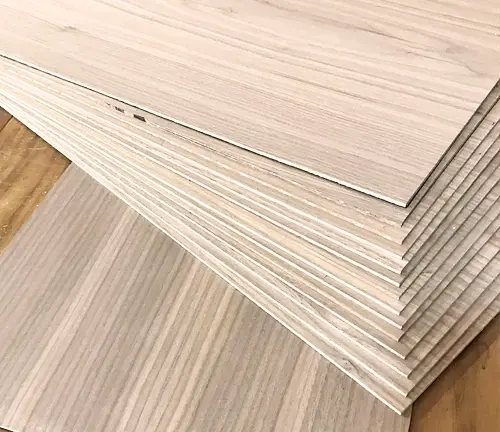
Board
White walnut boards are highly coveted within the woodworking community for their versatile applications. They serve as the building blocks for an array of projects, from crafting intricate inlays that showcase the wood’s fine grain to constructing sturdy shelves that combine both form and function. These boards offer woodworkers a canvas for their creative expressions, resulting in pieces that often transcend mere utility.
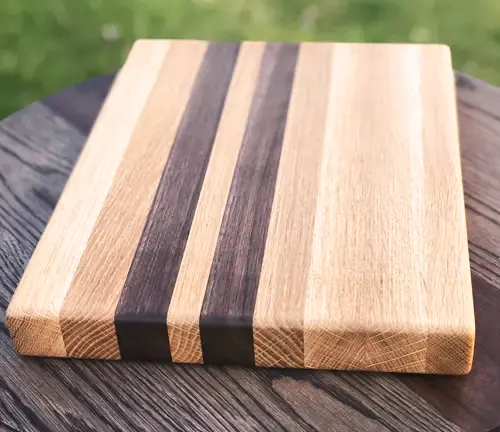
Railroad Cross Ties
White walnut has a history of being utilized as railroad cross ties due to its resistance to decay and exceptional durability under the immense loads and stresses of railroad tracks. In the past, it was a preferred choice for maintaining the safety and longevity of rail infrastructure. However, overharvesting concerns have led to a decline in its use for this purpose in recent years. Despite this, its legacy as a reliable material in the railroad industry endures as a testament to its strength and longevity.
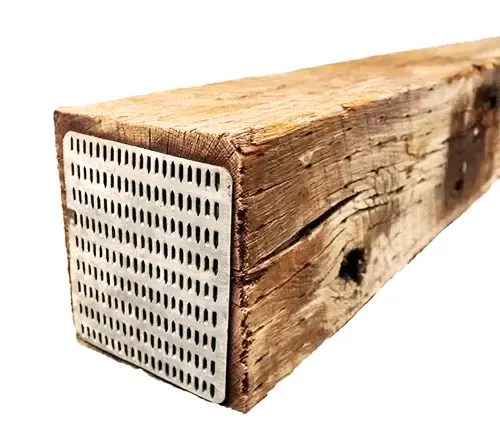
Pallets
White walnut wood finds its way into the construction of pallets, where its inherent strength and durability shine. Pallets made from this wood are built to endure the rigorous demands of transporting heavy goods. Their sturdiness and resilience make them a go-to choice for industries that rely on efficient and secure cargo handling, such as shipping and logistics.

Cants
Cants, large and square logs that are typically sawn into lumber, are highly valued when derived from white walnut wood. These cants are known for their exceptional quality and are often processed into high-end wood products. Woodworkers and manufacturers appreciate their consistent size and quality, which makes them ideal for producing premium-grade lumber for various applications.
Fencing
White walnut wood’s durability and aesthetic appeal make it an excellent choice for fencing in residential and agricultural settings. Its natural resistance to decay and insects ensures a long lifespan, even when exposed to the elements. Beyond its functional benefits, white walnut fencing adds a touch of elegance to outdoor spaces, enhancing the overall appeal of properties.
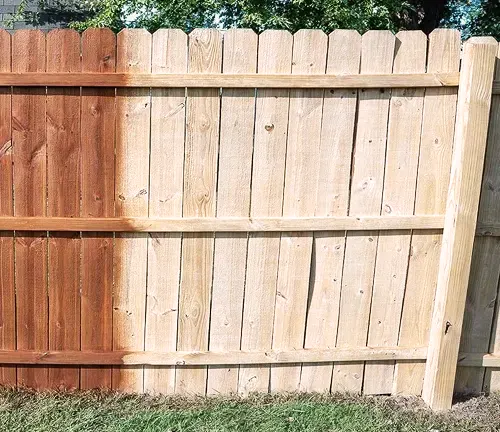
Wooden Crates
White walnut’s strength and stability make it a prime candidate for crafting wooden crates, which are commonly used for shipping delicate or valuable items. These crates provide a protective enclosure, ensuring the safe transport of goods. Their durability is paramount, as they must withstand the rigors of handling and shipping, making white walnut a dependable choice for this purpose.
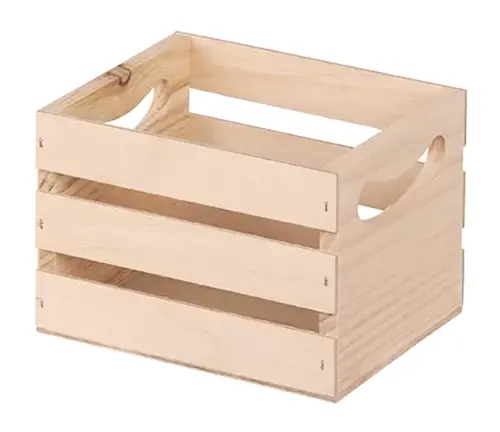
Wood Decking
White walnut wood is a robust option for outdoor decking, where its durability and resistance to decay come to the fore. Whether used in residential or commercial settings, it creates beautiful and long-lasting outdoor living areas. Its attractive grain and color add an inviting touch to outdoor spaces, making it a favored material for creating decks that stand the test of time.

Shiplap
Shiplap, a popular interior wall and ceiling paneling, can be elegantly crafted from white walnut wood. Its smooth, fine grain imparts a clean and sophisticated appearance to interior spaces. Architects and designers often turn to white walnut shiplap to add character to homes and commercial establishments, achieving a timeless and aesthetically pleasing look.

Live Edge Siding
Live edge siding is a distinctive application that showcases the natural edge of the wood, and white walnut’s unique grain and color make it an eye-catching choice for this purpose. Used to adorn the exteriors of buildings and structures, live edge siding adds rustic charm and character. It’s a testament to the wood’s adaptability in both functional and decorative roles.
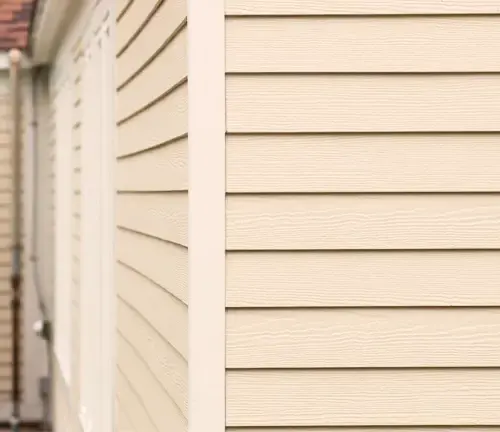
Slabs
White walnut slabs, prized by woodworkers and artisans, are renowned for their size, quality, and distinctive grain patterns. These slabs are often transformed into statement pieces in interior design, such as stunning tabletops and countertops. Their large size and natural beauty make them focal points in spaces, elevating the aesthetic and functional value of interiors.

Beams
White walnut beams, celebrated for their strength and aesthetic appeal, serve both structural and decorative roles. Commonly used in construction, these beams provide essential support to a wide range of architectural designs. Whether it’s a structural element in a building or a decorative feature in a home, white walnut beams enhance the overall appeal of the space with their blend of functionality and beauty.
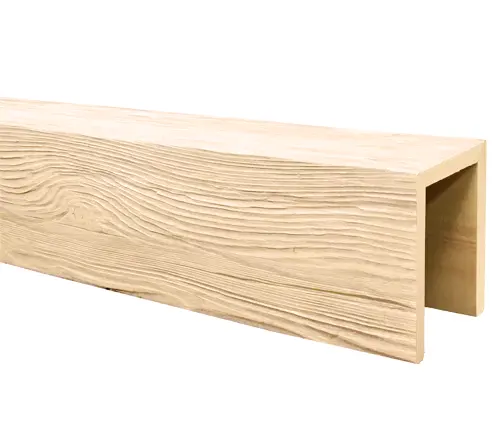
Feel free to explore our extensive Lumber Article for a deeper dive into the vast realm of wood and its myriad of uses. It’s packed with a wealth of information, so go ahead and immerse yourself in your next enlightening reading journey. Enjoy your exploration!
FAQs
- What is white walnut wood, and what is it commonly known as?
White walnut wood, scientifically known as Juglans cinerea, is commonly known as butternut wood due to its light-colored appearance and resemblance to true walnut wood. - Where is white walnut wood primarily found?
White walnut trees are native to North America and are commonly found in the eastern United States and parts of Canada. - What are the key characteristics of white walnut wood that make it unique?
White walnut wood is known for its fine and even grain texture, which is ideal for intricate carving and detailed woodworking. It also has a smooth and light gray bark, which changes as the tree matures. - What are the main applications of white walnut wood?
White walnut wood is used in a wide range of applications, including furniture making, construction, woodworking, and crafting. It has been historically used for bows and arrows by Native American tribes. - Is white walnut wood suitable for outdoor use?
Yes, white walnut wood is a durable choice for outdoor applications, such as decking and fencing, due to its natural resistance to decay and insects. - Why has white walnut wood become less common in railroad tie construction?
Concerns about overharvesting have led to a decline in the use of white walnut wood for railroad cross ties. However, its resistance to decay and durability remain notable. - What are the advantages of using white walnut wood for crafting wooden crates?
White walnut wood’s strength and stability make it ideal for crafting wooden crates, ensuring the protection and safe transportation of delicate or valuable items. - Why are white walnut slabs highly prized by woodworkers and artisans?
White walnut slabs are sought after for their size, quality, and unique grain patterns. They are often used to create visually stunning tabletops, countertops, and other statement pieces in interior design due to their natural beauty and character.
In conclusion, white walnut wood, known for its fine grain, versatility, and rich history, stands as a testament to the enduring beauty and utility of natural materials. Whether gracing the interiors of homes, supporting the structures of buildings, or adding rustic charm to outdoor spaces, white walnut wood continues to be a timeless choice for those who appreciate both form and function in their creations. Its legacy as a symbol of craftsmanship and resilience serves as an inspiration to woodworkers, artisans, and enthusiasts worldwide.






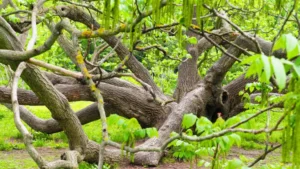
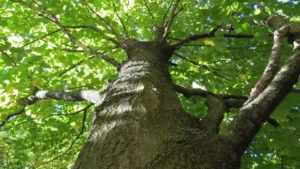





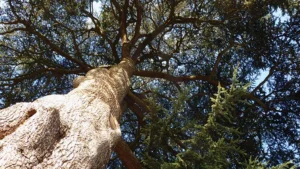
Leave your comment